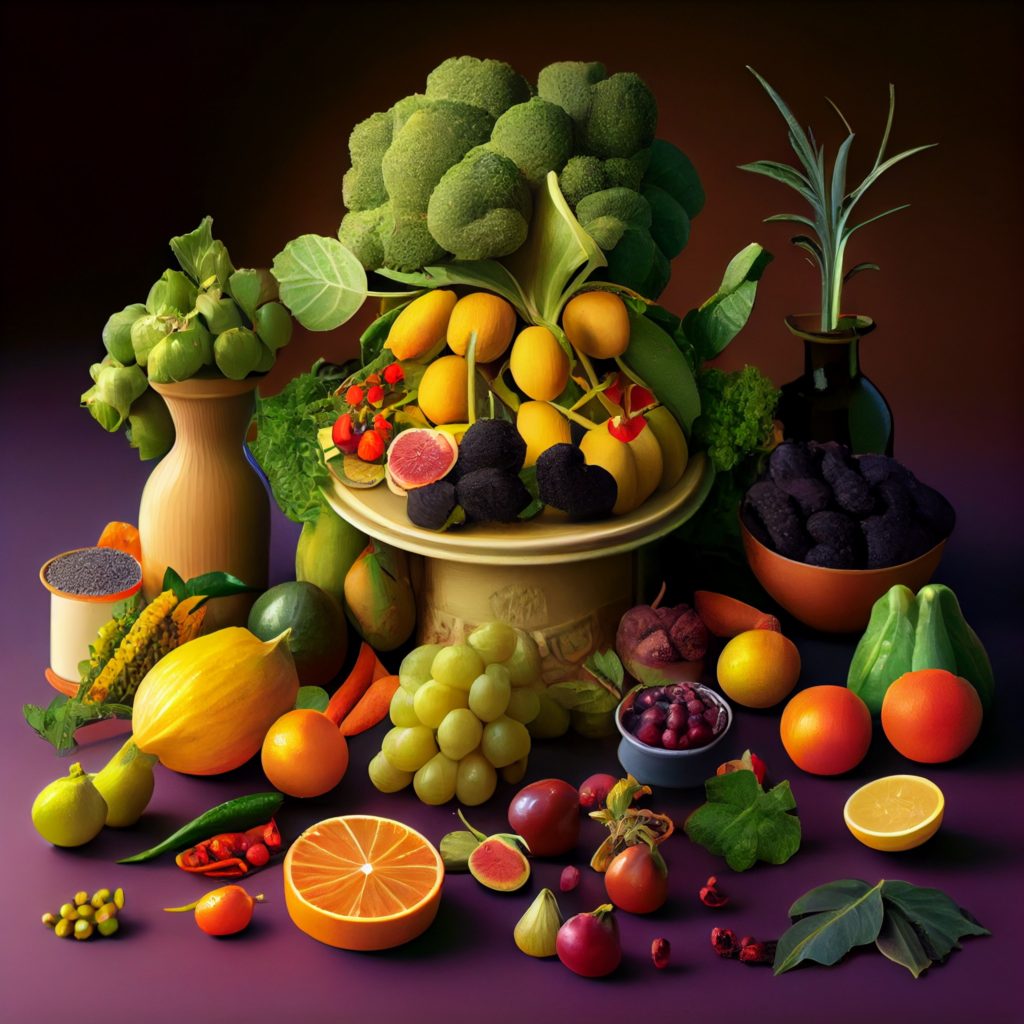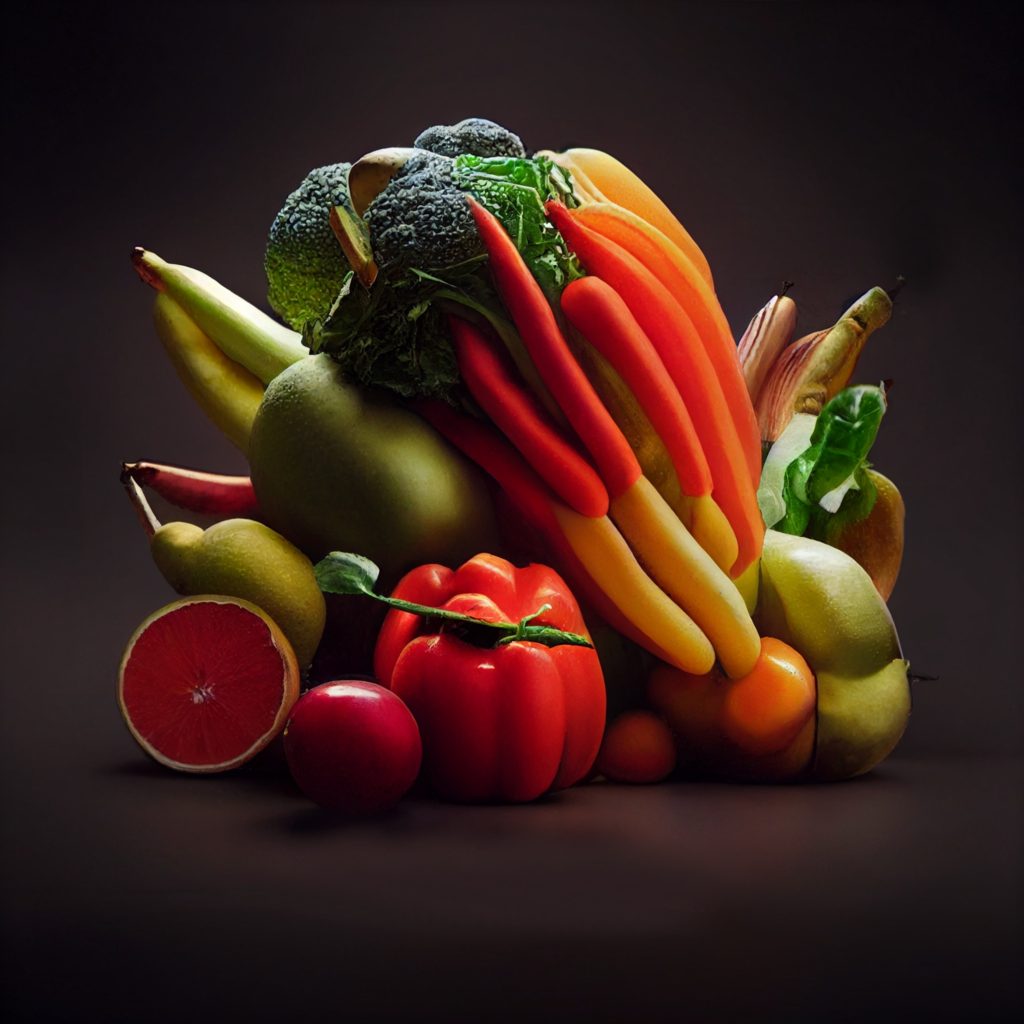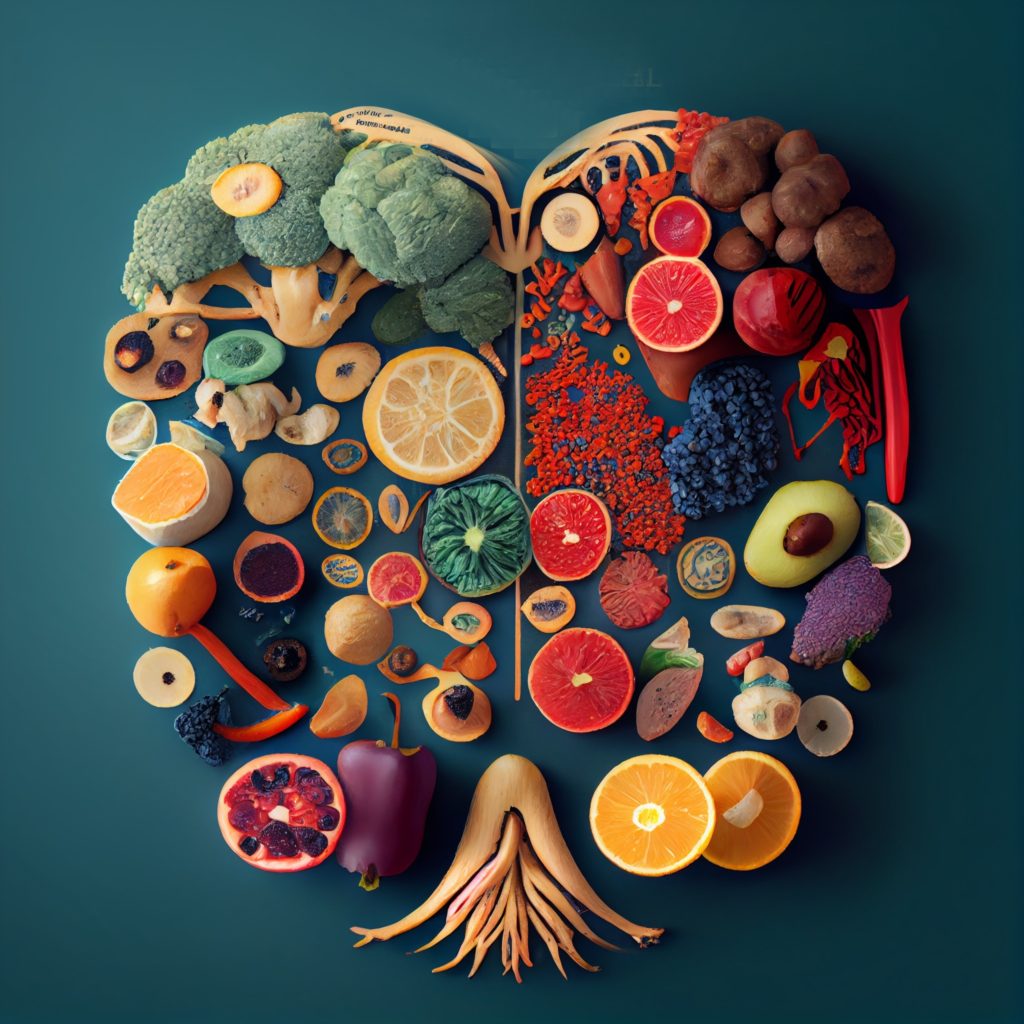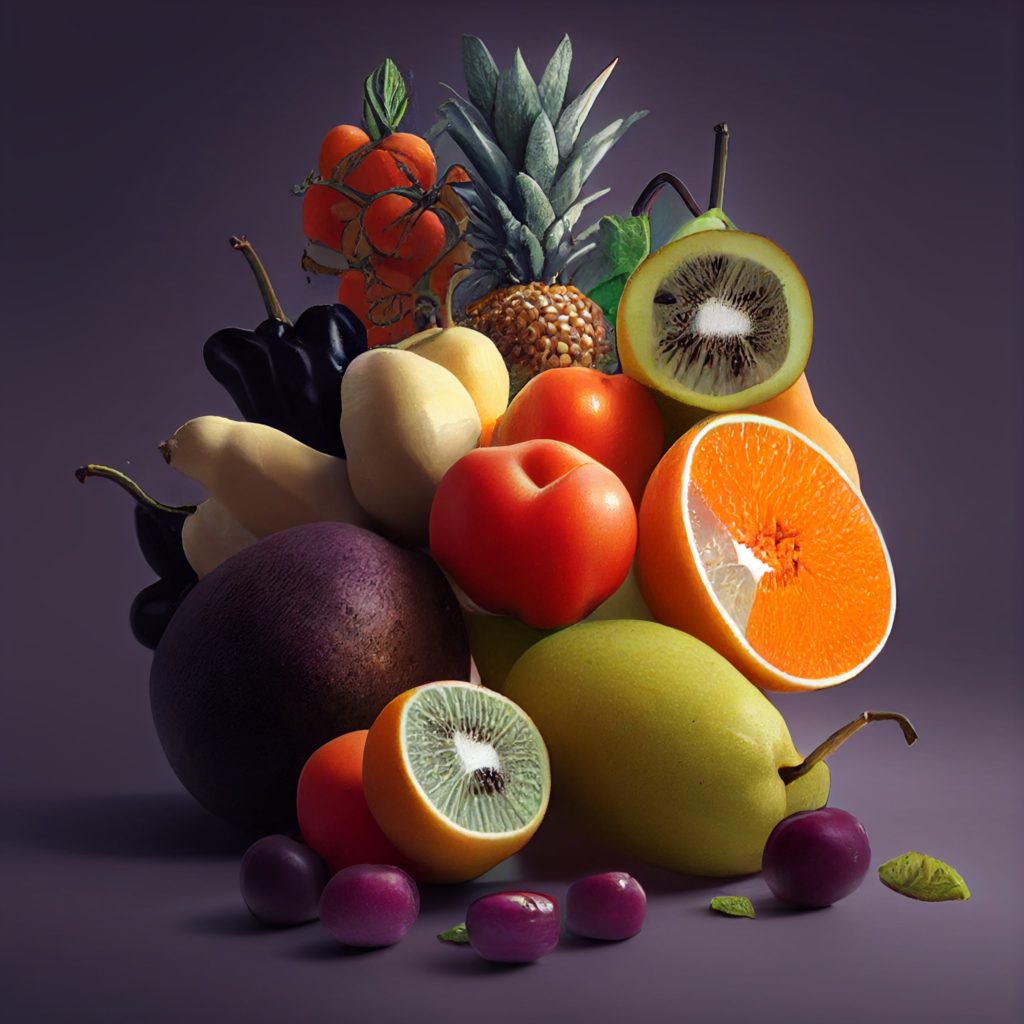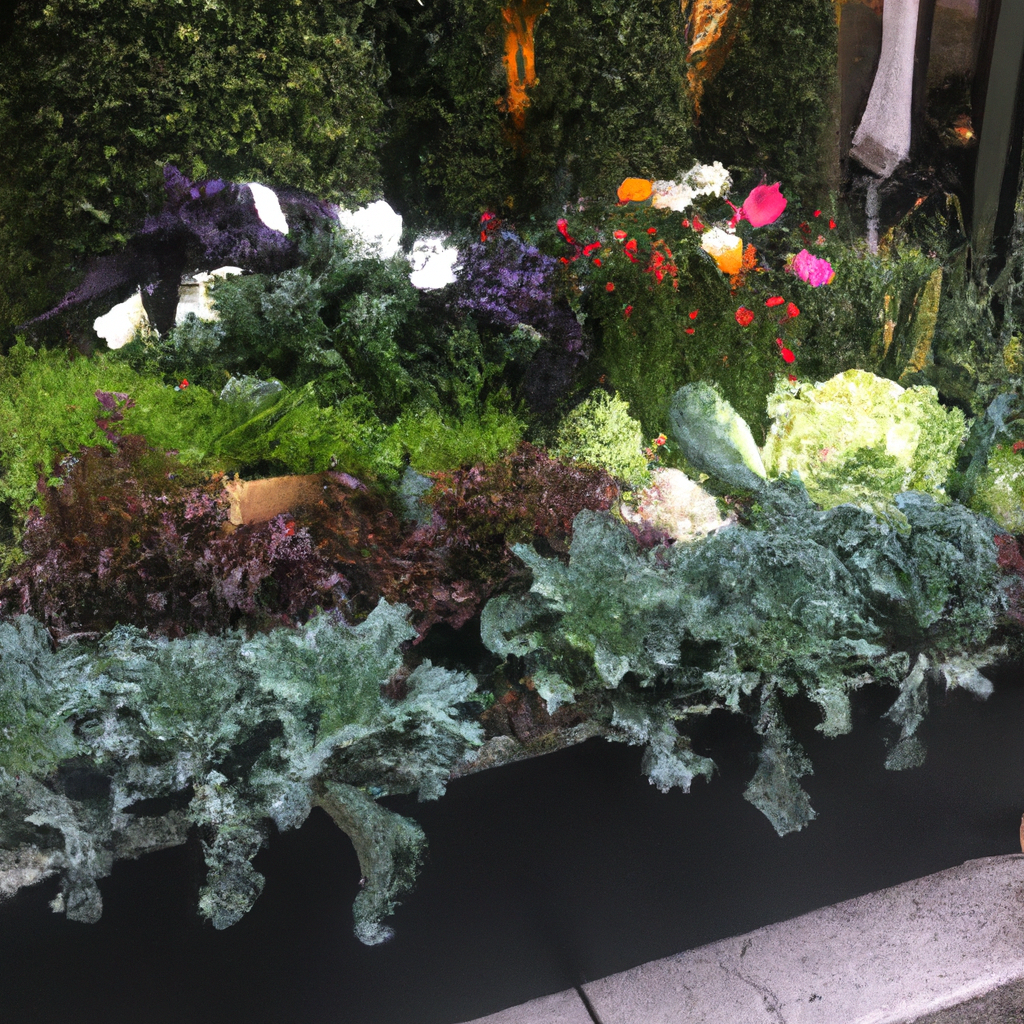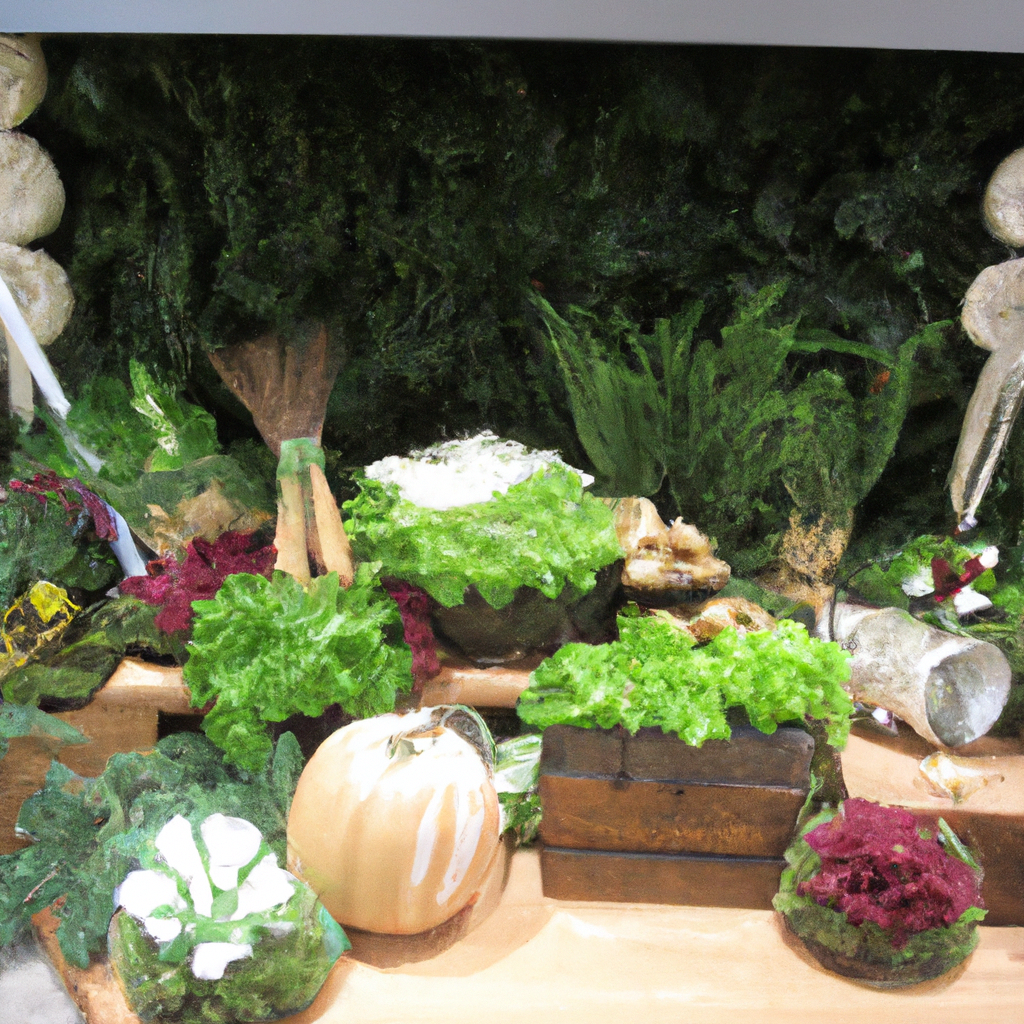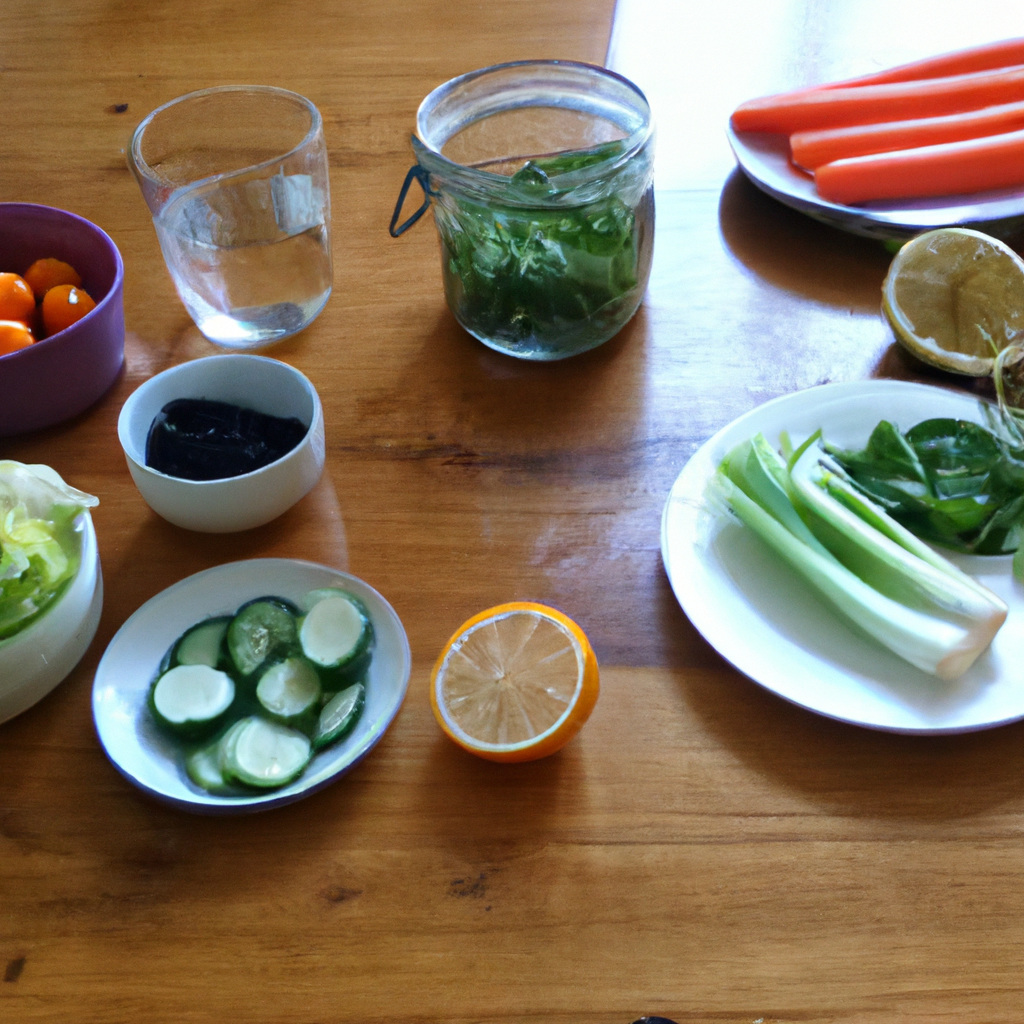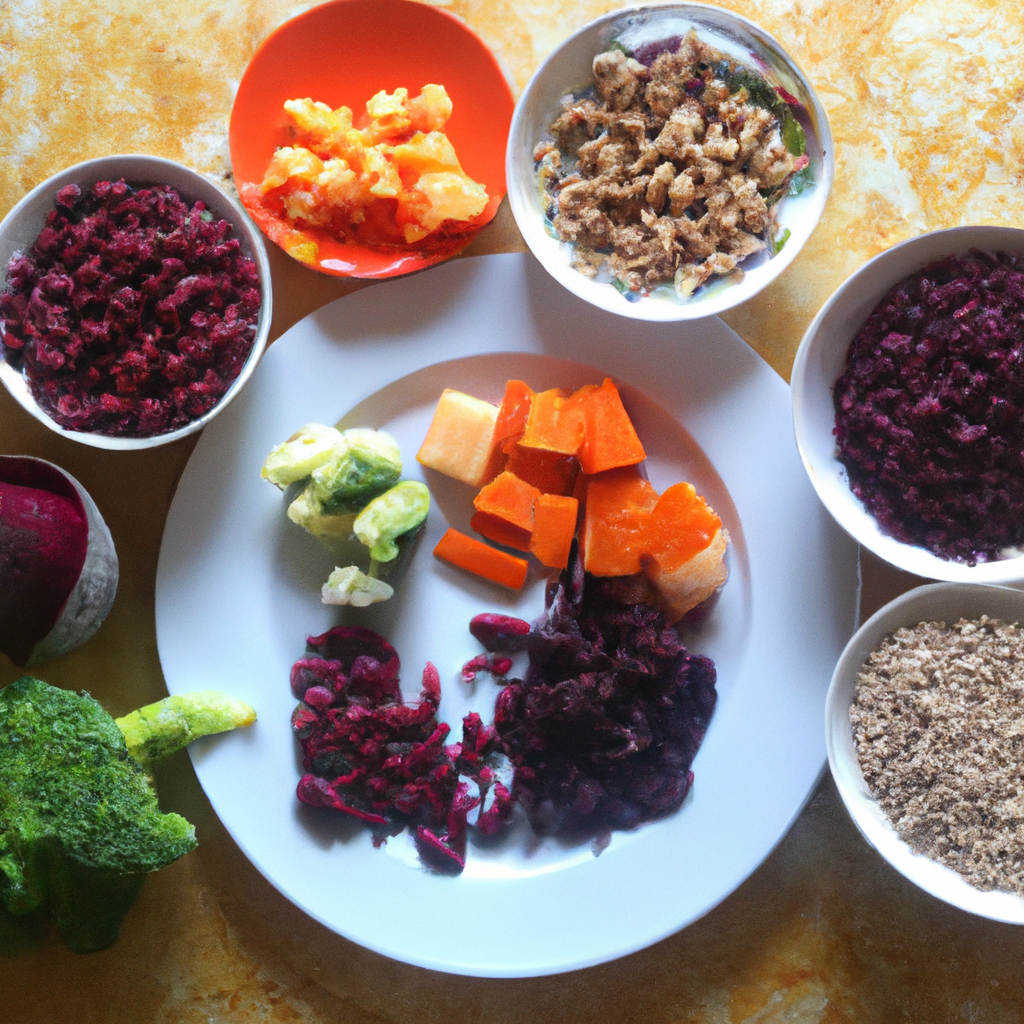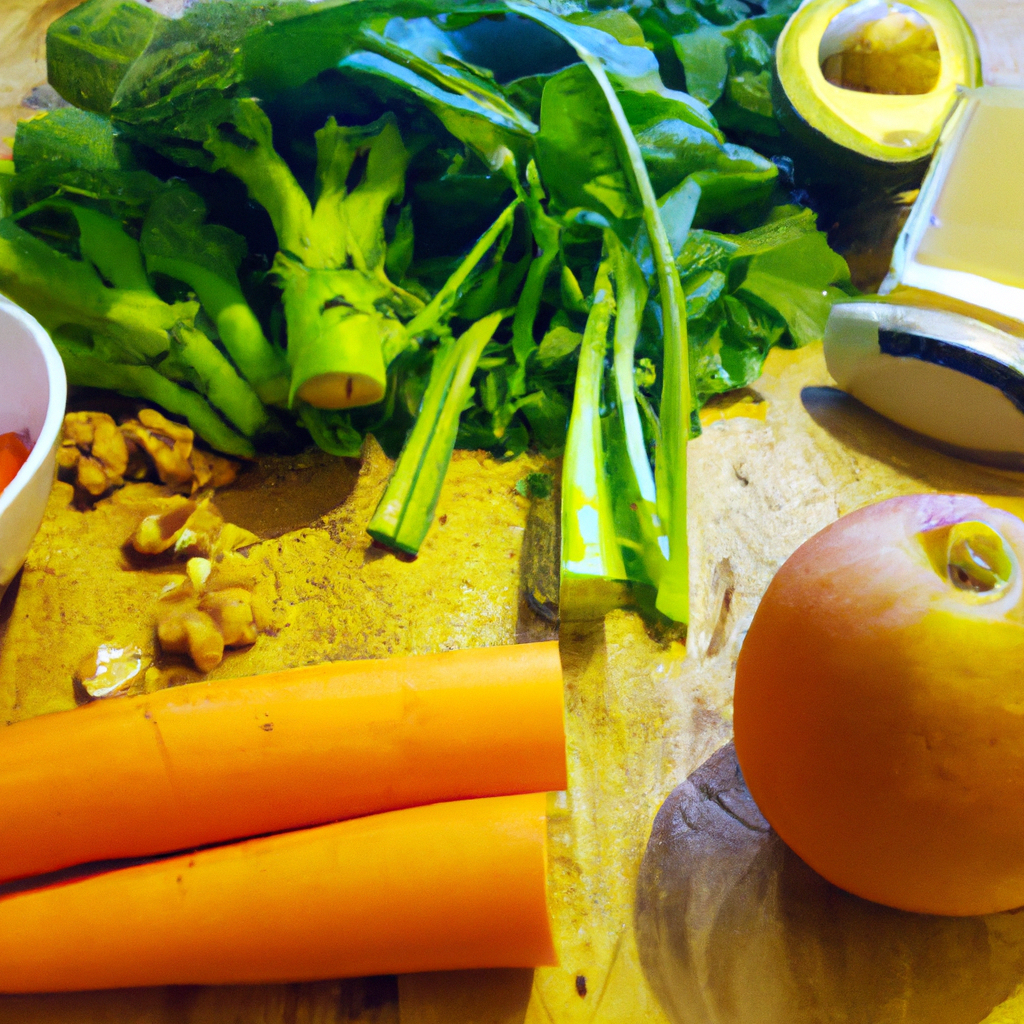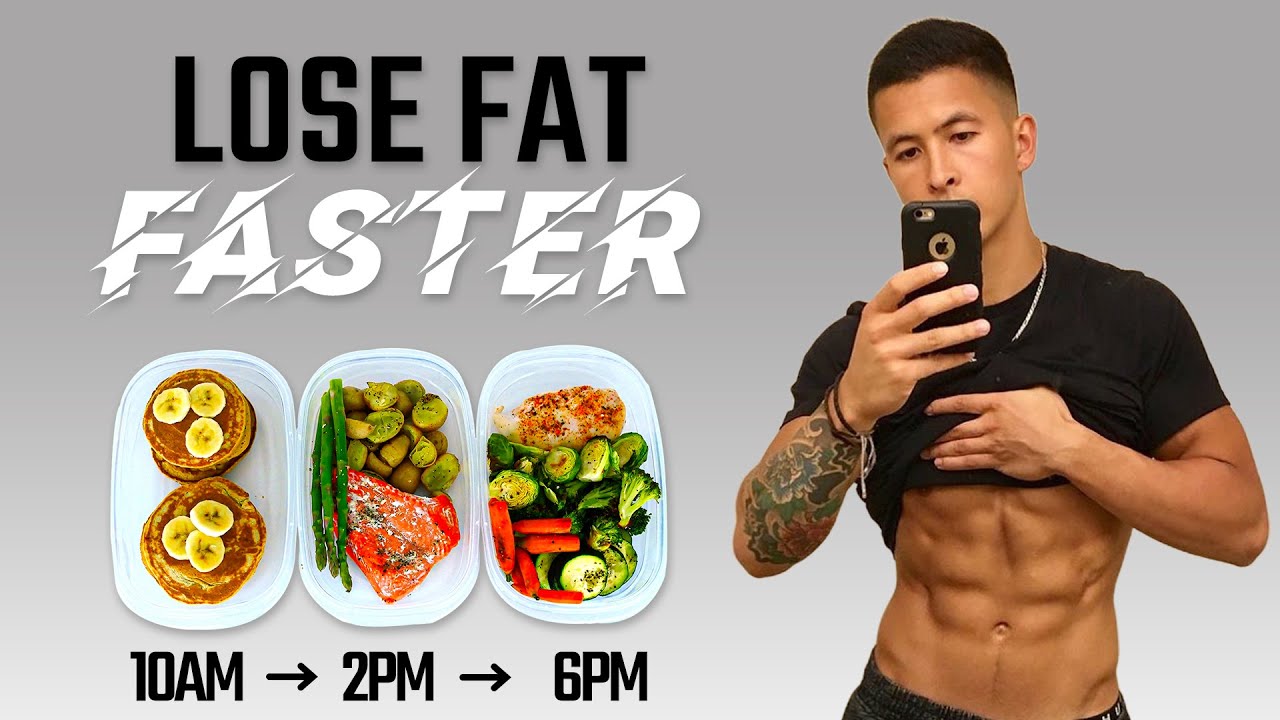Recipes and Meal Ideas for Plant-based Meals
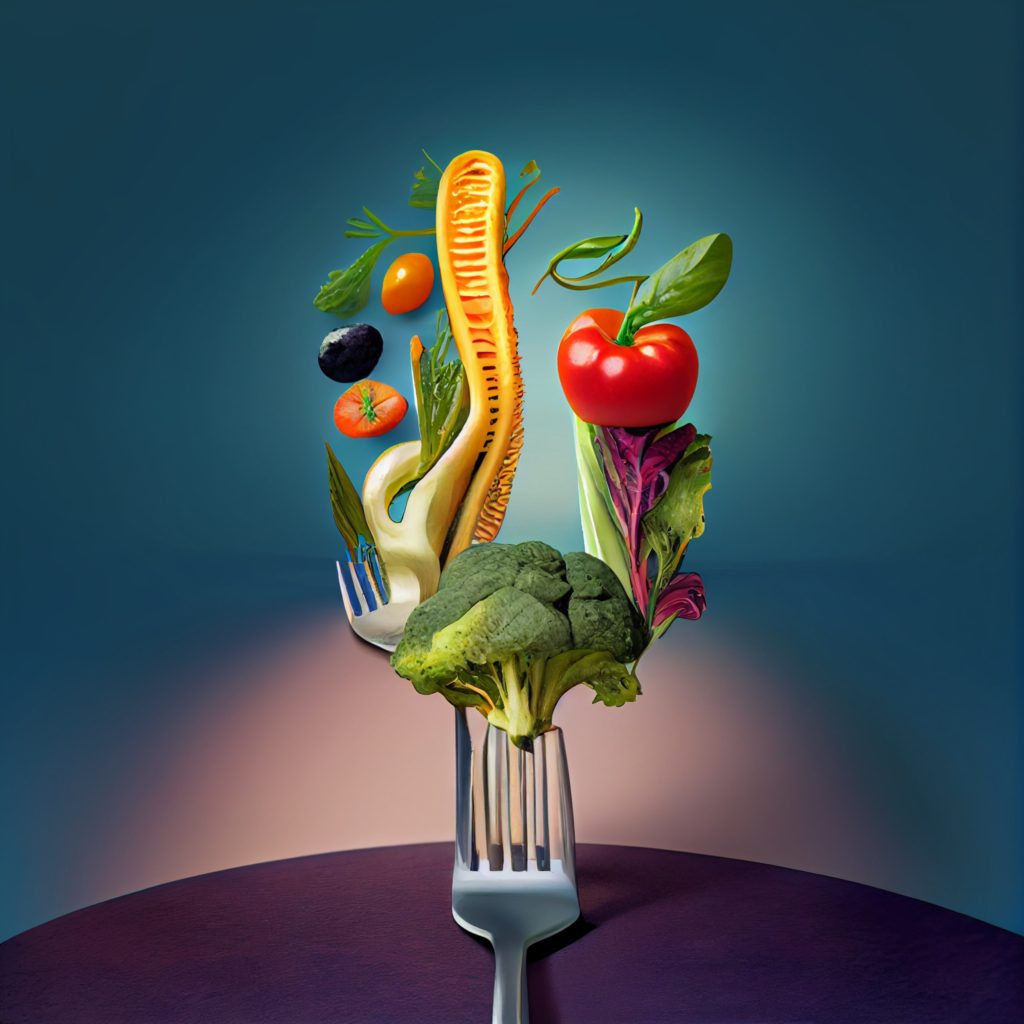
Introduction
This blog post is about providing recipes and meal ideas for people who are interested in eating more plant-based foods. We will give tips for creating tasty plant-based meals, as well as provide helpful resources to make it easy to transition to a plant-based diet. We will provide a variety of recipes and meal ideas, from breakfast to snacks, that will satisfy everyone’s taste buds.
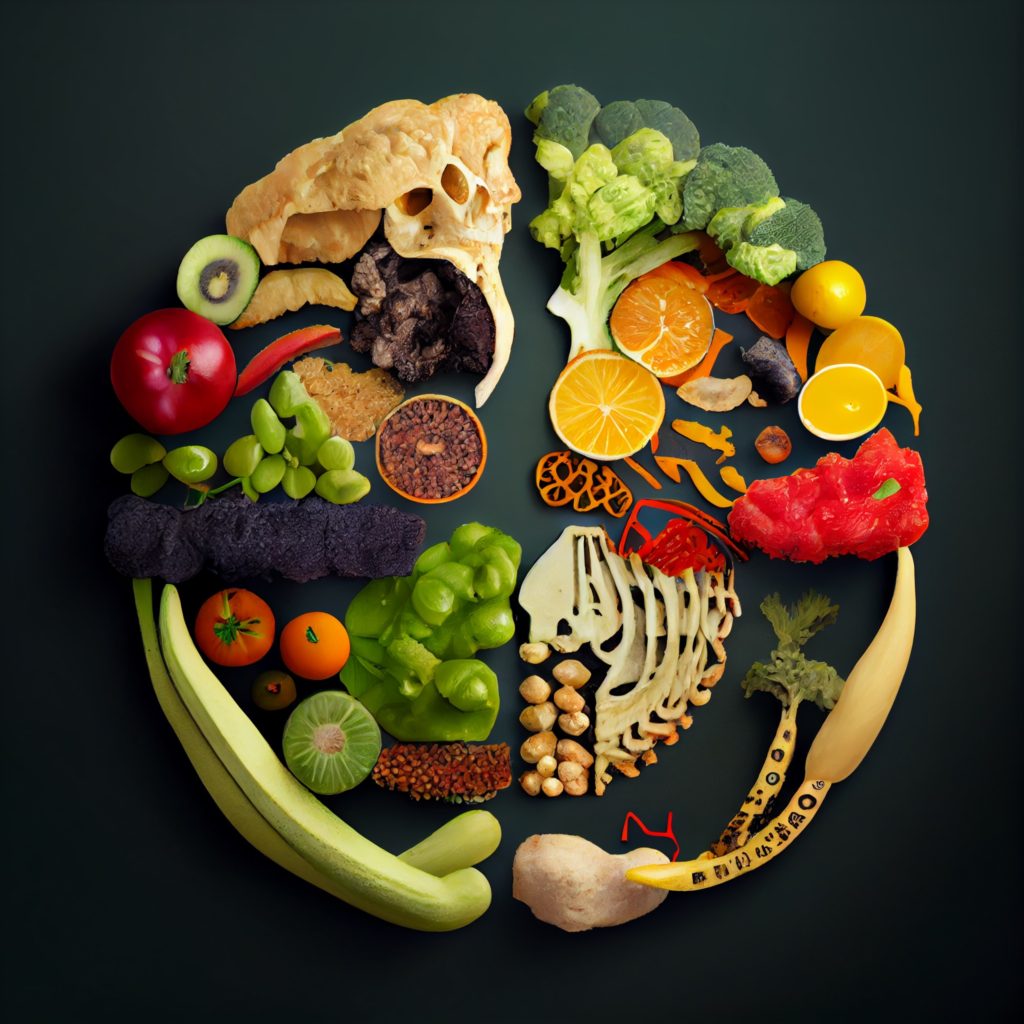
1. What are Plant-based Meals?
Are you a vegetarian or vegan interested in trying plant-based meals, or someone who is curious about the health benefits of a meat-free lifestyle? We have just what you need! Plant-based diets are built around whole, unprocessed plants such as fruits, vegetables, whole grains, legumes, nuts, and seeds. These meals are packed with vitamins, minerals, fiber, and good phytonutrients, while being free of saturated fat, cholesterol, and hormones. Most plant-based diets exclude animal products like dairy and eggs, as well as processed, lower-nutrient ingredients such as refined flours and added sugars. This type of diet is highly customizeable and can fit various dietary patterns such as gluten-free, Paleo, and vegan. It’s not just about avoiding certain foods, but also about embracing healthy ingredients. Get creative and you can make delicious, nourishing meals without any animal products! In the next section, we’ll provide meal ideas and recipes to get you started on your plant-based journey.
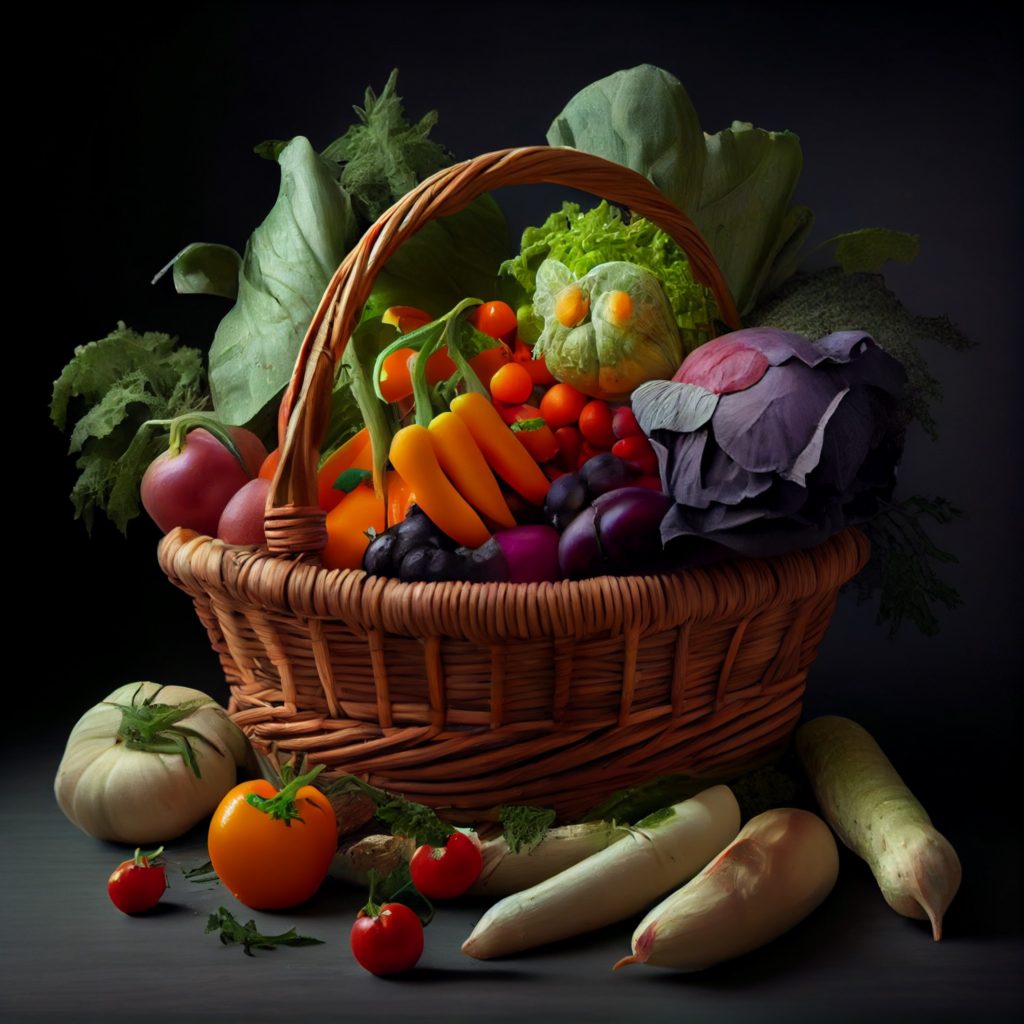
2. Health Benefits of Plant-based Meals
Swapping animal products for a plant-based diet has the potential to provide numerous health advantages. Research has indicated that plant-based diets can help to lower cholesterol levels and reduce the chances of developing chronic health issues like heart disease, stroke, and diabetes. A well-rounded plant-based eating plan can help you receive the benefits. Consuming a lot of fresh fruits, vegetables, whole grains, and legumes is essential for a healthy lifestyle. Plant-based diets have been linked to having a higher intake of dietary fiber, vitamins, minerals, and antioxidants that are vital to good health. Moreover, the decrease in the consumption of unhealthy fats, cholesterol, and sodium in a plant-based diet can help the heart to keep functioning properly. Eating a variety of items from all the food groups is necessary for healthy nutrition, but some foods provide special health benefits. Legumes, such as beans, peas, and lentils, are filled with fiber, antioxidants, and vitamins and minerals. Flavoring them with spices, herbs, and other vegetables can add flavor and texture. Nuts and seeds are also first-rate sources of healthy fats, fiber, and vitamins and minerals. Incorporating them into your daily routine is an easy way to get the full range of nutrients that your body needs. Replacing the traditional plate of meat and potatoes with plants can bring many health benefits. Knowing which recipes and meal ideas to pick is essential for making wise, health-promoting decisions. Plant-based meals are straightforward to make, and many can be prepared quickly. Make sure to look at our compilation of recipes and meal ideas on plant-based eating that you and your family can enjoy.
3. Sample Recipes for Plant-based Meals
Swapping animal products for a plant-based diet has the potential to offer many health benefits. Studies have demonstrated that plant-based diets can help reduce cholesterol levels and decrease the likelihood of developing chronic health issues such as heart disease, stroke, and diabetes. To maximize these advantages, it is important to consume a well-rounded plant-based diet that includes fresh fruits, vegetables, whole grains, and legumes. This type of eating plan is associated with a higher intake of dietary fiber, vitamins, minerals, and antioxidants that are essential for good health. Additionally, reducing the consumption of unhealthy fats, cholesterol, and sodium that are often found in animal products can aid in keeping the heart healthy. Eating a variety of items from all the food groups is critical for healthy nutrition, but some foods may provide additional health benefits. Legumes like beans, peas, and lentils are packed with fiber, antioxidants, and vitamins and minerals. Flavoring them with spices, herbs, and other vegetables can add flavor and texture. Nuts and seeds are also excellent sources of healthy fats, fiber, and vitamins and minerals. Incorporating them into your routine is a straightforward way to get the full range of nutrients your body needs. Replacing the conventional plate of meat and potatoes with plant-based options can bring many health benefits. Knowing which recipes and meal ideas to choose is essential for making wise, health-promoting decisions. Plant-based meals are simple to make, and many can be prepared quickly. Make sure to check out our selection of recipes and meal ideas on plant-based eating that you and your family can enjoy.
Having a meal in the morning.
These delicious muffins are made with a combination of blueberries, oats, and other ingredients to create a nutritious and tasty treat. The oats provide a hearty texture and flavor, while the blueberries add a burst of sweetness. They’re great for breakfast, snacks, or dessert and make a perfect addition to any menu.
A Fruit and Yogurt Parfait is a delicious snack or breakfast dish made by layering yogurt and fresh or dried fruits in a cup or glass. The parfait is usually topped with granola and honey for a crunchy and sweet finish.
This vegan breakfast burrito is the perfect way to start your day! It’s made with tofu, bell peppers, onion, and spices, all wrapped up in a tortilla. It’s a delicious, healthy, and classic vegan breakfast that you can enjoy any time of the day.
A Chickpea Flour Omelet is a savory egg dish made with chickpea flour, a type of flour made from ground chickpeas, as the main ingredient. This omelet is cooked like a regular omelet, with eggs, herbs, spices, and vegetables added to the chickpea flour mixture. The end result is a delicious, fluffy omelet that can be served with a variety of toppings.
A vegan peanut butter and jelly sandwich is a sandwich made using vegan-friendly ingredients instead of the traditional peanut butter, jelly, and bread. It usually consists of nut butter, fruit spread, and bread or a substitute such as a vegan wrap or gluten-free bread. This type of sandwich is ideal for vegans and those with a dairy or gluten allergy.
Lunch is an important meal of the day, it helps to refuel after a morning of work or school. It’s important to include a variety of food in your lunch to ensure you get the nutrients you need. For example, you can include fruits and vegetables, lean protein, whole-grains, and dairy products. Eating a balanced lunch will help to keep you energized and focused throughout the day.
Nourishing your body with a balanced lunch is essential to maintain energy and focus throughout the day. Incorporating a variety of food groups into your meal will provide the necessary nutrients to do so. Try adding fresh fruits and vegetables, lean proteins, whole-grains, and dairy products to your plate for a nutritious and energizing lunch.
This wrap is quick and simple to make, consisting of hummus and vegetables.
This wrap is a snap to put together, using hummus and assorted veggies.
This dish consists of a mixture of quinoa and black beans served in a bowl.
Mediterranean Chickpea Salad is a tasty, healthy dish made with chickpeas, tomatoes, cucumbers, red onion, olives, feta cheese, parsley and a flavorful dressing. It is a great choice for a light lunch or as a side dish for a Mediterranean-themed dinner. The combination of ingredients creates a delicious and nutritious meal that is packed with plant-based proteins, healthy fats and essential vitamins and minerals.
This vegan chili recipe is a great way to enjoy a hearty meal without the use of any animal products. To make the chili, you will need the following ingredients: one onion, two cloves of garlic, one can of chili beans, one can of diced tomatoes, one can of corn, two tablespoons of chili powder, one tablespoon of cumin, two tablespoons of olive oil, and salt and pepper to taste. Start by heating the olive oil in a large pot over medium-high heat. Add the onion and garlic and cook until softened, about five minutes. Then add the chili beans, diced tomatoes, corn, chili powder, and cumin. Simmer for about 30 minutes, stirring occasionally. Season with salt and pepper as desired. Serve with your favorite toppings, such as avocado, vegan cheese, and vegan sour cream. Enjoy!
This vegan chili is a tasty way to get a filling meal without any animal products. Start by heating two tablespoons of olive oil in a large pot over medium-high heat. Add one chopped onion and two cloves of garlic and cook until softened, approximately five minutes. Then, add one can of chili beans, one can of diced tomatoes, one can of corn, two tablespoons of chili powder, and one tablespoon of cumin, and simmer for around 30 minutes, stirring occasionally. Finally, season with salt and pepper to taste. Serve with your favorite toppings, like avocado, vegan cheese, and vegan sour cream, and enjoy!
This soup has a smooth, velvety texture with a hint of creaminess.
This soup has a luxurious, creamy texture with a subtle hint of richness.
Supper is a time for people to come together and enjoy a meal. It is an opportunity to share food and conversation with those around you. It is a chance to relax and savor nourishing food after a long day of work or activities. Dinner is a time to reconnect with family and friends, to create memories and to show appreciation for one another.
This is a delicious vegan dish that is made with butternut squash, pasta, and a creamy vegan cheese sauce. The squash is cooked until it is soft and then blended with vegan cheese and a few spices to create a delicious sauce that coats the pasta. The result is a comforting, creamy meal that is both vegan and delicious.
This delicious vegan dish is a great way to enjoy tofu. Start by cutting the tofu into cubes and baking it in the oven. Once it’s crispy, top it off with a mouthwatering peanut sauce and some fresh herbs. The result is an amazingly flavorful meal that everyone will love!
This vegan delight is an excellent way to enjoy tofu. Cut the tofu into cubes and bake until it is crispy. Top it off with a scrumptious peanut sauce and garnish with fresh herbs for a tantalizing meal. The combination of flavors makes for a delectable dish that is sure to please!
This recipe calls for baking teriyaki tofu on a sheet pan.
This recipe provides a simple way to make tasty black bean burgers.
This dish offers a straightforward approach to creating delicious black bean burgers.
This flavorful dish is an easy way to enjoy a nutritious meal. Start by cooking quinoa according to package instructions. While the quinoa is cooking, prepare your favorite vegetables and seasonings. For a spicy twist, add a pinch of cayenne pepper or chili powder. Once the quinoa is done, combine it with the vegetables, seasonings, and any other ingredients you would like to add. Serve it in a bowl and enjoy!
Treating yourself to a snack can be a great way to take a break and enjoy a tasty treat. Whether it’s a salty, crunchy snack or a sweet, indulgent snack, it’s a great way to give yourself a pick-me-up throughout the day. Whether you’re looking for something to munch on while watching a movie or a quick bite between meals, there’s a snack that’s perfect for you.
A vegan cheese platter is a collection of vegan cheese alternatives, often accompanied by fruits, nuts, and crackers. It is an excellent appetizer or snack that is both delicious and animal-free!
Making homemade kale chips can be a delicious, nutritious snack. Just take some fresh kale, coat it with your favorite seasonings and bake it in the oven until it’s crispy. This simple recipe can give you a tasty, crunchy snack that’s full of nutrients.
Roasted Chickpeas are a type of snack food made from chickpeas, which are legumes. The chickpeas are cooked in the oven and then seasoned with a variety of spices and herbs to create a crunchy, savory snack. They can be eaten alone as a snack or used in salads or other dishes.
This tasty treat consists of frozen bananas cut into small pieces and then coated in chocolate.
These small morsels of deliciousness are made by slicing bananas into bite-sized chunks and then dipping them in melted chocolate.
Sliced Apples with Peanut Butter Spread
Black bean burrito bowls are a hearty and flavorful vegetarian meal that can be quickly and easily prepared. The main ingredients are black beans, rice, vegetables, and spices. All of these ingredients are cooked together and then served in a bowl with your favorite toppings.
Veggie Pizza is a delicious and nutritious meal option that is made without any meat or animal products. It is topped with a variety of vegetables, such as bell peppers, mushrooms, onions, and olives, to create a flavorful and filling meal.
This tasty curry is an ideal dish for a cold weather dinner.
Quinoa burrito bowls are a delicious and nutritious vegetarian meal. They’re made with quinoa, which is a grain that is high in protein and fiber, as well as other vegetables and seasonings. They’re filling and provide a great source of plant-based nutrition.
This salad, made with chickpeas, is a great option for a light meal at lunchtime or dinnertime.
Spicy Tofu Scramble is a delicious and filling dish made with tofu, vegetables, and seasonings. It’s perfect for a satisfying and flavorful breakfast or brunch.
These brownies are a scrumptious and nutritious dessert choice. They are made with black beans, giving them a unique and wholesome flavor that is sure to delight!
Delicious Sweet Potato Fries: This plant-based dish is always a crowd-pleaser.
Grilled Vegetables: A nutritious and straightforward dish for a vegetarian meal.
Tomato Basil Soup: This timeless soup is ideal for a chilly day.
Veggie Chili: This chili is ideal for a cozy winter dinner.
Grilled Cheese Sandwich: A beloved dish from childhood, this classic sandwich is great for those following a vegetarian diet.
Potato Salad: This timeless vegetarian dish is ideal for a warm-weather meal.
Fruit Salad can be a great option to have a light and refreshing plant-based meal. It can be easily prepared with a variety of fruits, making it a delicious and healthy choice.
Kale Salad is a nutritious and scrumptious salad selection that is sure to tantalize the taste buds. It’s a great way to get a nutritious boost in your diet.
Veggie Stir-Fry is a delicious and nutritious dinner option that only requires a few simple ingredients and minimal cooking time. It is full of vegetables, making it an excellent source of fiber, vitamins, and minerals. It can be quickly prepared and is a great option for busy weeknights or when you are looking for a plant-based meal.
Lentil Soup: An incredibly filling and nutritious soup choice.
PB&J is a beloved combination of plant-based ingredients that has been enjoyed for generations. This combination of peanut butter and jelly makes for a delicious and nutritious meal.
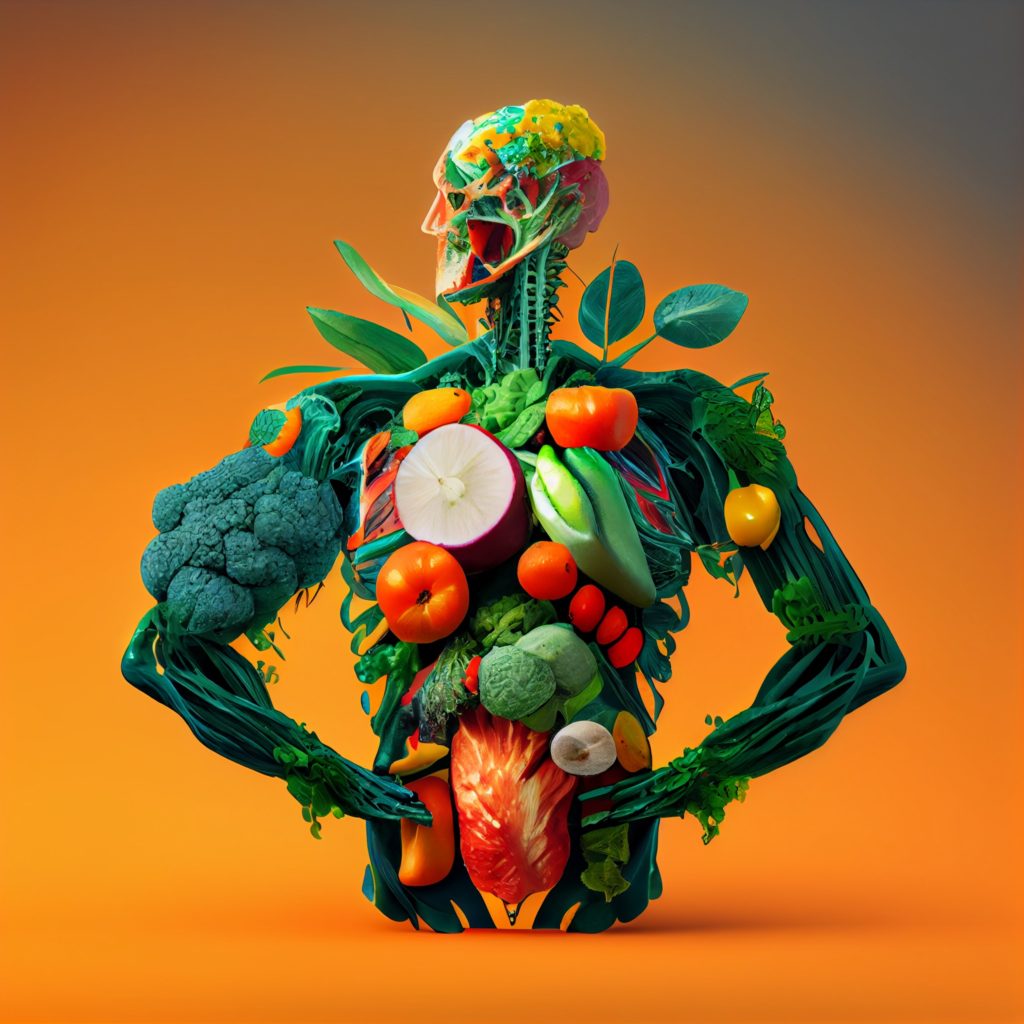
4. How to Get Started with Plant-based Meals
As more people choose to adopt a plant-based diet for health and lifestyle reasons, it’s important to know what to buy, what to make and where to get inspiration. Whether you’re just starting out or are already on a plant-based diet, here are some tips to get you started with your plant-based meal plan.
- Start with a List: Take some time to jot down a few plant-based ingredients that you like. This will help you get a handle on what to buy, as well as give you a starting point for coming up with meal ideas. When it comes to grocery shopping for a plant-based diet, the most important things to get are proteins and starches. A variety of vegetables, fruits, nuts and seeds are also important for a well-rounded diet.
- Food Prep: Preparing some of your food ahead of time can save you time and effort when it comes time to make meals. Roasting a large batch of vegetables or prepping a few days’ worth of meals can make the process of cooking and eating plant-based meals a breeze.
- Get Creative: When it comes to plant-based meals, the sky’s the limit. Experiment with new flavors and textures to create tasty and enjoyable meals. Try adding different spices, herbs and aromatics, or mix vegetables and grains together to create unique dishes.
- Get Inspiration: If you’re not sure where to start, get inspired by searching online for plant-based recipes. There are also some great Facebook groups, Reddit threads, and Instagram accounts to check out for more ideas. By following these steps, you’ll be well on your way to creating delicious and healthy plant-based meals for your everyday. With a bit of knowledge, time and creativity, plant-based eating can become a regular part of your routine.

